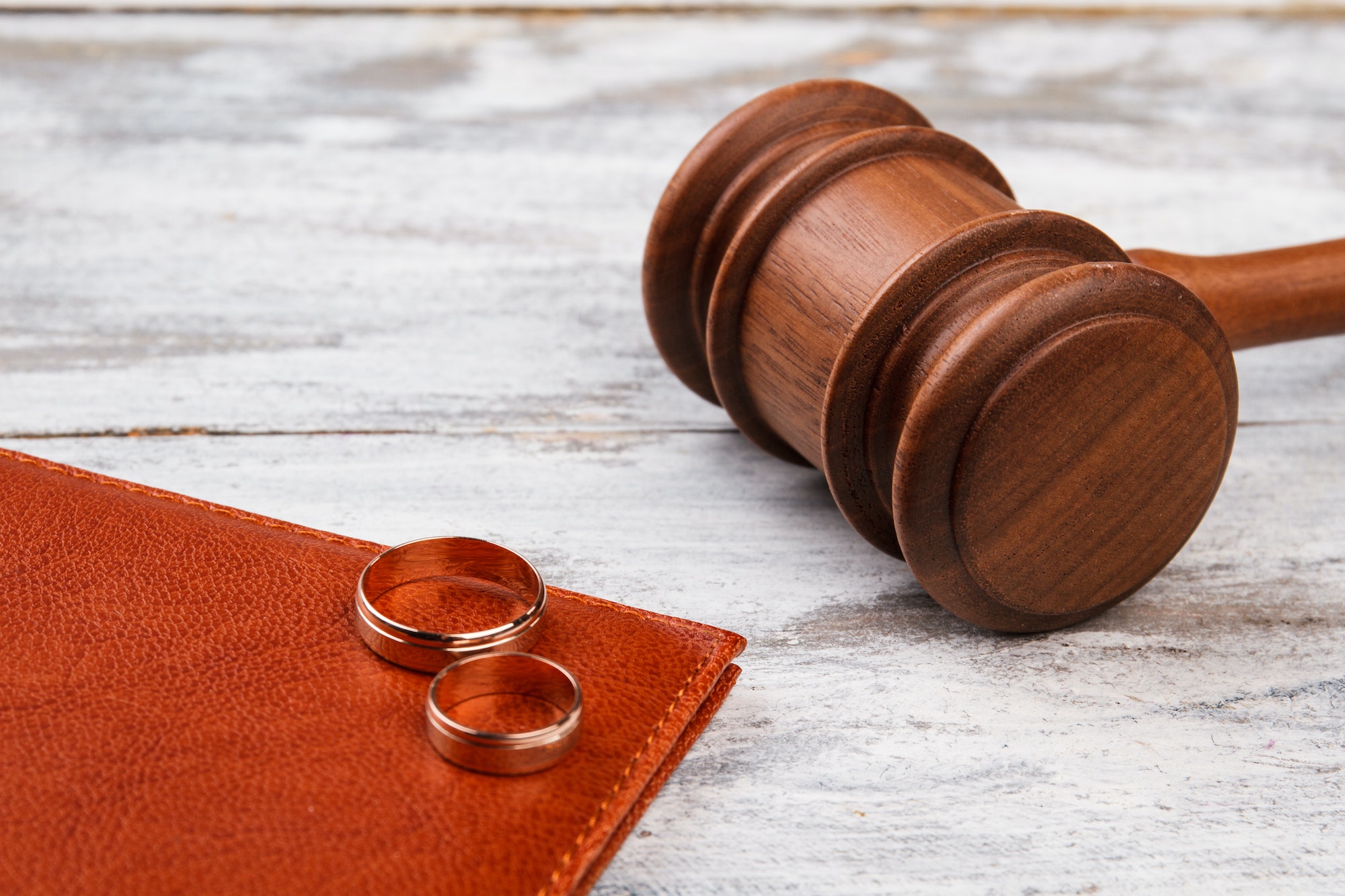
What is the liquidation of the matrimonial regime?
You are getting divorced and you and your husband have jointly acquired assets during your life together? You must liquidate your matrimonial regime in order to divide the different assets.
The liquidation of the matrimonial regime allows you to evaluate the community assets (those acquired during your life together) and then proceed with the division of the assets, i.e. divide them between you and your spouse.
We start by liquidating the matrimonial regime to be able to divide the common property.
To liquidate the matrimonial regime is simply to identify 3 assets: your patrimony, your spouse’s patrimony, and the patrimony common to you and your spouse that is called the community or common mass.
Understand everything about the liquidation of the matrimonial regime!
Step 1: Repossession of your own assets (I identify my assets and those of my spouse)
When you divorce, the community is dissolved and each spouse takes back their own property.
You must prove that these goods belong to you, because their repossession is normally done in kind.
What is a separate property?
Separate property is any property that does not belong to the community (the common property between you and your spouse) and is solely part of your own patrimony. The following are considered your separate property:
- Property that you already had before the marriage.
- Property that you obtained by donation or inheritance during the marriage.
- Even if they were acquired during the marriage you remain the owner of your clothes and personal effects.
- All intellectual property rights, copyrights, trademarks… be careful, however, the income generated by these rights during your life together belongs to the community.
- The goods you have acquired for the exercise of your profession.
- Compensation received for moral or physical injury is considered your own property.
- The notion of “property belonging to you by accessory”: for example, if you have built a house with your spouse on a piece of land belonging to you, you are the owner of the house, because the house is property belonging to you by accessory to the land. However, you will have to pay a reward to the community (your common patrimony with your spouse) for the value of the house.
We have now identified your patrimony and that of your spouse. All that remains is to identify the community, i.e. the common estate, which corresponds to the common patrimony that you have in common with your spouse.
Step 2: Liquidation of the common mass (I identify the assets that are common to me and my spouse)
After you have each taken back your own property, you must liquidate the common mass, i.e. determine what is the common heritage of you and your spouse.
The first step is to open an account of rewards between each spouse and the community.
This account of rewards includes:
- Amounts your spouse owes to the community and what the community owes to your spouse.
- The amounts you owe the community and what the community owes you.
What are these amounts?
Rewards are due whenever the community (the common patrimony of you and your spouse) has been enriched at the expense of a spouse’s personal patrimony or your personal patrimony has been enriched at the expense of the community.
What rewards are owed to you by the community (your joint estate)?
- If you used money that you alone owned before the marriage to buy a common property, the community will owe you money.
- If you used money that you owned alone to maintain the house you bought with your husband, the community will owe you money.
- If you paid a joint debt to you and your spouse with your own money, the community will also owe you a reward.
What rewards do you owe the community?
- If you used money from the community (for example, your spouse’s savings) to pay a debt that you personally owed, you owe the community a reward.
- You have built a house with your spouse on a piece of land belonging to you, you still own the house but you owe a reward to the community because you have financed this house with common money.
Then we balance the accounts to determine your spouse’s assets, your own, and especially the community’s assets, which we will then divide.
Settlement of claims between spouses
After having established the account of the rewards between your 2 individual patrimonies and your common patrimony, we will proceed to the settlement of the claims between spouses.
The settlement of claims between spouses is simply the settlement of the debts you owe to your spouse and the payment of the claims you have on your spouse.
You now know how much of your joint estate you will have to share.
Step 3: Sharing the common patrimony
If there are assets in the community ? The common patrimony is divided equally between you and your spouse. This rule is not imperative, you can decide to deviate from it.
If, on the other hand, there are liabilities in the community? You and your spouse owe money to third parties, it will be necessary to determine with your lawyer which one of you or your spouse will bear the final burden of payment of this debt, which can be divided between the two spouses according to the origin of the debt.
Do you and your spouse have a joint estate? You cannot agree with your spouse on the distribution of this patrimony? Are you having difficulty identifying which assets belong to you and which belong to the community?
Ask an AGN network lawyer in your area to handle the property difficulties that your divorce triggers. Your lawyer will rely on the AGN network’s partnership with trusted notaries to draw up a liquidation statement of your assets, and proceed with the best distribution of your assets between you and your spouse.






